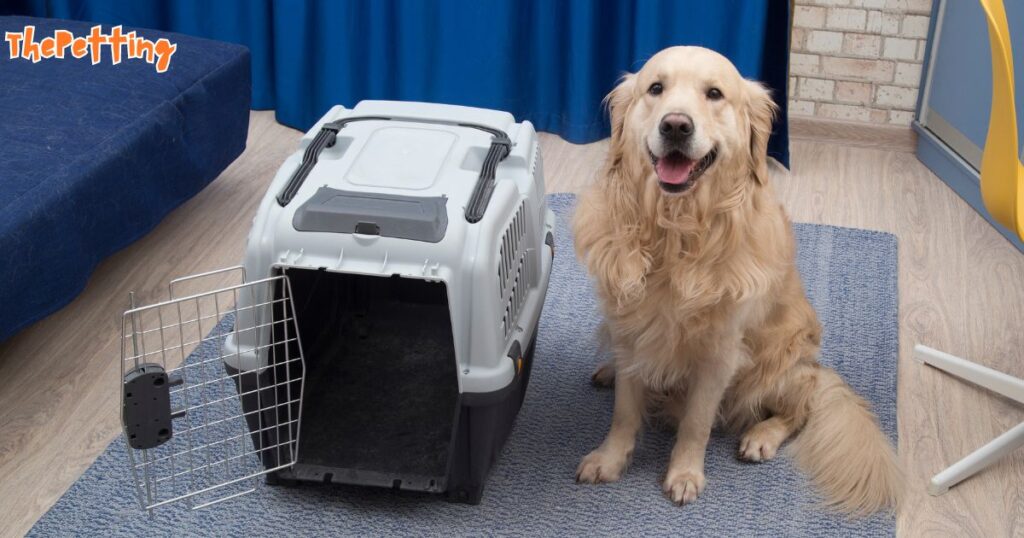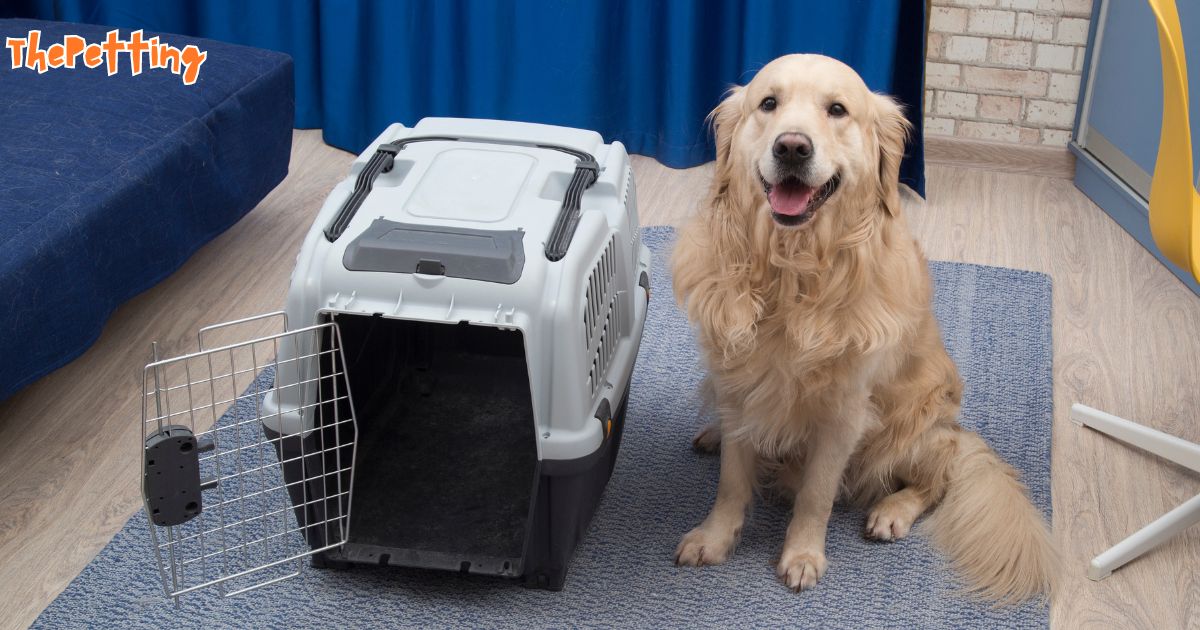
Introduction
A dog crate can be a valuable tool for pet owners, providing a safe haven, aiding in housebreaking, and offering a secure space for travel. However, with so many types and sizes available, choosing the right crate can feel overwhelming. This guide helps you determine the perfect crate for your dog’s needs, ensuring their comfort and happiness.
Read Also about Top Features in a High-Quality Dog Cage
Measuring Your Dog
Before you start shopping for a crate, accurate measurements are essential to ensure your dog has ample space to stand up, turn around, and lie down comfortably. To determine the right size, measure your dog’s height, length, and width while they are standing.
Measure your dog’s height from the floor to the top of their head, adding 2-4 inches for comfortable standing. Next, measure their length from the tip of their nose to the base of their tail, adding 4-6 inches so they can stretch out fully. Finally, measure their width at their widest point, which is usually the chest or hips, and add 2-4 inches for additional space.
Types of Dog Crates
Once you have your dog’s measurements, it’s time to explore the different types of dog crates available. Each type offers unique advantages and caters to specific needs and preferences.
Wire Crates
Wire crates are a popular choice among dog owners, offering excellent ventilation and visibility. This type of crate allows your dog to see their surroundings and provides good airflow, making them suitable for most dogs. Wire crates are also easy to clean, fold flat for storage, and often come with dividers, allowing you to adjust the space as your puppy grows.
Plastic Crates
If your dog prefers a more den-like environment or lives in a colder climate, a plastic crate might be a better option. Plastic crates provide more privacy and insulation than wire crates, offering a sense of security and warmth. They are also lightweight, durable, and often airline-approved, making them ideal for travel.
Soft-Sided Crates
Soft-sided crates are an excellent choice for pet owners on the go. Made from durable fabric and mesh, these crates are lightweight, portable, and provide good ventilation. They are convenient for travel, camping trips, and outdoor activities. However, soft-sided crates are less durable than wire or plastic crates and not suitable for heavy chewers.
Wooden Crates
For pet owners seeking a more aesthetically pleasing option, wooden crates offer a stylish and decorative touch. These crates can blend seamlessly with home decor, adding a touch of elegance to your living space. However, wooden crates are heavier and less portable than other types of crates and require more maintenance to keep them clean and odor-free.
Factors to Consider When Choosing a Crate
Beyond size and type, several other factors should be considered when selecting a dog crate.
Your dog’s age and breed play a significant role in determining the appropriate crate. Puppies need smaller crates to prevent accidents and encourage potty training, while larger breeds require more spacious crates for comfort.
Consider your dog’s temperament when choosing a crate. An anxious or destructive dog may benefit from a more secure and durable crate, such as a wire or plastic crate. A dog with separation anxiety might feel more secure in a plastic crate that offers more privacy.
Your lifestyle also plays a role in choosing the right crate. If you travel frequently, a lightweight and portable crate, like a soft-sided crate or a smaller plastic crate, is essential. If you plan to use the crate for training, a wire crate with dividers allows you to adjust the space as your puppy grows.
Finally, consider your budget. Crate prices vary depending on size, type, and features. Wire crates are generally the most affordable, while wooden crates tend to be the most expensive.
Introducing Your Dog to the Crate
Once you’ve chosen the right crate, it’s essential to make it a positive experience for your dog. Place comfortable bedding inside and introduce them to the crate gradually. Use positive reinforcement techniques, such as treats and praise, to encourage them to enter and spend time inside.
Never force your dog into the crate, as this can create negative associations and make them fearful of the crate. With patience and positive reinforcement, your dog will learn to see the crate as a safe and comfortable space.
Conclusion
Choosing the right dog crate is essential for your pet’s well-being. By considering their size, breed, temperament, and your lifestyle, you can find a crate that provides a safe, comfortable, and secure space for your furry friend. A properly sized crate can become a valuable tool for training, travel, and providing a sense of security for your beloved companion.
FAQs
What size crate does my dog need?
Measure your dog’s height, length, and width, adding extra inches to ensure they can stand up, turn around, and lie down comfortably.
How do I clean a dog crate?
Remove bedding and wash it separately. Clean the crate with soap and water or a pet-safe disinfectant. Ensure it’s completely dry before allowing your dog back inside.
Can I leave my dog in a crate all day?
Dogs should not be crated for extended periods. Adult dogs can handle up to 8 hours, while puppies require more frequent breaks.
What if my dog cries in the crate?
Whining or barking is normal initially. Ignore attention-seeking behavior and reward them for quiet moments.
How do I prevent my dog from escaping the crate?
Ensure the crate is securely latched and the correct size for your dog. Avoid leaving them unsupervised in the crate until they are fully crate-trained.








